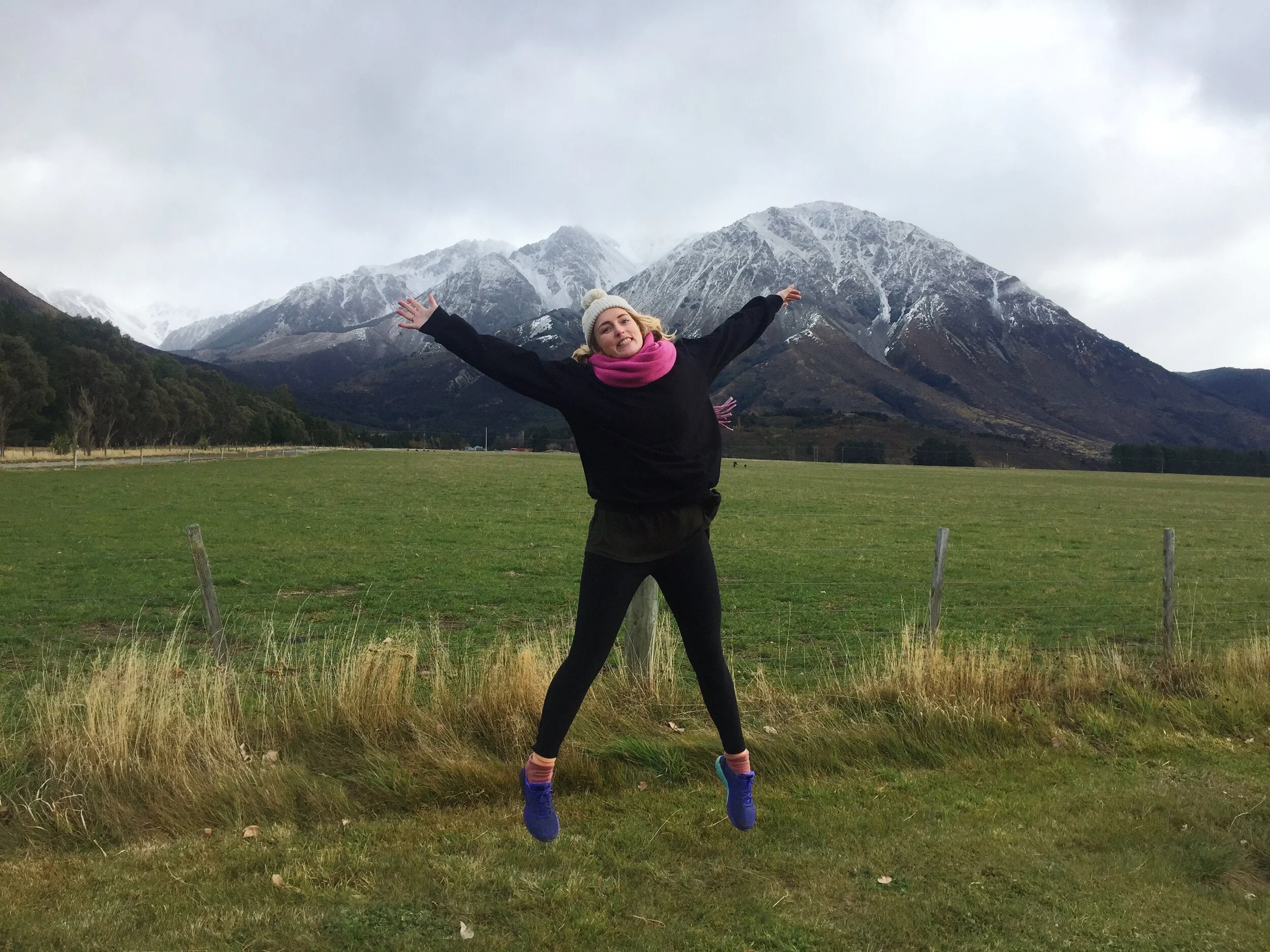Did you know that your period is like a monthly report card?
I know many people dread “that time of the month” mainly because it might be painful, heavy, uncomfortable - and literally can negatively impact your day to day life.
A way to flip that around is to make notes of what is happening during your “monthlys” to track what is going on and create your monthly report card.
Tracking things like:
How often your periods come (early, late, never…)
Heaviness of the bleed
Clotting in blood
Bleeding between periods
Pain levels
Cervical mucus / vaginal discharge
Premenstrual symptoms such as irritability, headaches, acne, or food cravings
TIP:
Using an app like P-Tracker or Flo can be useful to track symptoms rather than trying to remember. We have so many other things going on in our lives these days that remembering every little details about our cycles can be exhausting.
Now what do all of these tracking symptoms actually mean?
Check out the list below to start putting some puzzle pieces together!
Period Report Card Tracker
No periods at all
Possibly: Pregnancy, menopause, stress, illness, thyroid disease, celiac disease, PCOS, low body weight, functional hypothalamic amenorrhea (FHA), high prolactin.
Early periods
Possibly: Anovulatory cycle, short follicular phase, short luteal phase, low progesterone, PCOS, perimenopause, stress.
Late periods
Possibly: Anovulatory cycle, long follicular phase, stress, illness, thyroid disease, PCOS, functional hypothalamic amenorrhea (FHA), high prolactin.
Heavy periods
Possibly: Perimenopause, adolescence, anovulatory cycle, oestrogen excess, low progesterone, PCOS, copper IUD, thyroid disease, fibroids, endometriosis, adenomyosis, coagulation disorders, anaemia, low B12.
Prolonged bleeding
Possibly: Anovulatory cycle, PCOS, fibroids.
Menstrual clots
Possibly: Heavy menstrual bleeding, low progesterone, perimenopause, thyroid disease, endometriosis, fibroids, anaemia.
Light periods
Possibly: Anovulatory cycle, oestrogen deficiency, PCOS, thyroid disease, excess phytoestrogens, perimenopause .
Period pain
Possibly: Inflammation, zinc deficiency, oestrogen excess, low progesterone, copper IUD, endometriosis, adenomyosis, infection.
Pain before periods
Possibly: Endometriosis, adenomyosis, ovarian cysts, fibroids, infection.
Pain during sex
Possibly: Insufficiency arousal causing lack of lubrication, oestrogen deficiency, infection, fibroids, endometriosis, adenomyosis, perimenopause/menopause.
Pain from infection
Possibly: Sexually transmitted disease, yeast infection, bacterial vaginosis.
Mid-cycle ovarian pain
Possibly: Normal ovulation pain (mittelschmerz), temporarily worsened ovulation pain (during first few cycles off the pill), PCOS, infection, endometriosis, ovarian cysts.
No fertile mucus
Possibly: No ovulation, oestrogen deficiency, yeast infection, bacterial vaginosis, perimenopause.
Abnormal timing of fertile mucus
Possibly: Anovulatory cycle, long follicular phase, low progesterone.
Yeast infections or bacterial vaginosis
Possibly: Birth control pill, problem with the gut microbiome, antibiotic use, excess sugar intake.
Mid-cycle bleeding
Possibly: Normal ovulation spotting, anovulatory cycle, endometriosis, adenomyosis, uterine polyp, ovarian cysts, infection.
Premenstrual bleeding
Possible significance: Anovulatory cycle, low progesterone, endometriosis, thyroid disease.
Bleeding after sex
Possible significance: Inflammation of cervix, infection, endometriosis, fibroids.
Premenstrual symptoms (PMS)
Possibly: Oestrogen excess, low progesterone, inflammation, stress.
Post-menstrual symptoms
Possible significance: Anovulatory cycle, PCOS.
Remember - period problems can be COMMON but they are not NORMAL.
There are many other options for treatment rather than just going on the pill or IUD etc.
When to get further help for your periods:
No period or bleeding at all
Cycles shorter than 21 days or longer than 35 days
Bleeding for more than seven days
Losing more than 80 mL of menstrual fluid in one period
Period pain so bad that you cannot do your normal activities
Pain between periods, especially if it is severe
Bad-smelling vaginal discharge
Bleeding between periods that is not ovulation spotting
Check out my other blogs for more information on hormones, acne, and things you can implement everyday for hormone treatment.































































